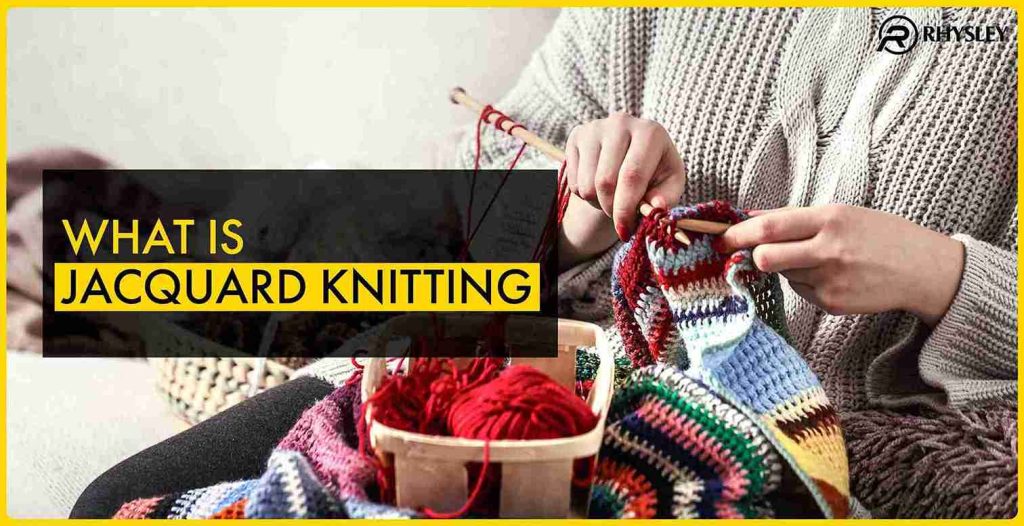
What Is Jacquard Knitting?
What is Jacquard knitting? It’s a remarkable technique that creates beautiful, detailed patterns in fabric. It’s named after Joseph-Marie Jacquard, whose 19th-century invention revolutionized textile production.
Today, this method brings designs to life, whether through bold geometric shapes or delicate floral motifs.
By weaving multiple colors into a single row, we achieve seamless patterns that elevate ordinary fabric into art.
Over time, technology has transformed how Jacquard knitting is done, blending craftsmanship with efficiency.
Let’s dive deeper into how it works, why it’s special, and how this fabric fits into our daily lives.
The Basics of Jacquard Knitting
At its core, Jacquard knitting combines different colored yarns to create patterns directly into fabric. The method allows multiple colors to appear in a single row, which is ideal for detailed designs.
When one color isn’t in use, it’s carried along the back of the fabric as a “float.”
This results in a smooth, uninterrupted design on the front. Unlike surface-printed patterns, Jacquard patterns are built into the fabric itself, ensuring durability and vibrancy over time.
Whether manually knitted or machine-produced, the essence remains the same—it’s all about turning simple threads into complex, visually appealing textures.
How Jacquard Knitting Works: Manual (Hand) vs. Machine Techniques
Jacquard knitting can be done by hand or machine, each offering unique benefits.
When done manually, knitters follow a pattern chart, switching yarns meticulously to ensure every stitch aligns with the design. It’s a time-intensive process requiring skill and patience.
With machines, the process is faster and more precise. Modern Jacquard knitting machines use advanced programming to control each stitch.
Yarns are selected automatically, ensuring the patterns are accurate and consistent, even for large-scale production.
Machines have also made it easier to experiment with complex designs that would take hours to knit manually.
While traditional hand-knitting showcases craftsmanship, machines open doors for innovation, making Jacquard knitting accessible for various industries, from fashion to interior décor.
Why Is Jacquard So Expensive?
The cost of Jacquard fabrics stems from the complexity of their production.
Every piece involves detailed patterns, which take time and precision to create. Even with machines, setup requires expertise and careful programming.
High-quality yarns often add to the expense, ensuring the fabric maintains its durability and elegance.
When hand-knitted, the cost rises further due to the manual effort and skill involved.
Every stitch contributes to the design, making each item unique.
Ultimately, the price reflects the craftsmanship, materials, and technology that go into creating Jacquard fabrics.
Is Jacquard Knit Stretchy?
Jacquard knit fabrics can have varying levels of stretch. The degree of stretch depends largely on the type of yarn used and the knitting structure.
For example, double knit jacquard fabrics tend to offer more stability and thickness while still retaining some flexibility.
Generally, knit fabrics are more flexible than woven ones, but the intricate patterns in Jacquard knitting may limit some of that elasticity.
A sweater made with Jacquard knitting may feel less stretchy compared to a plain jersey knit.
However, the stretch can be adjusted by incorporating elastic yarns or using specific knitting techniques. This makes Jacquard versatile for both structured and comfortable garments.
What Is the End Use of Knit Jacquard Fabric?
Knit Jacquard fabrics are used in a wide range of products.
They’re perfect for sweaters, dresses, and scarves that need both style and durability.
These fabrics also work well in home textiles, like cushion covers and blankets, where detailed patterns enhance the aesthetic.
Garment manufacturers often use Jacquard designs for specialty items, such as high-end sportswear or designer accessories, to create standout products.
The combination of intricate patterns and durability makes these fabrics ideal for items where both form and function matter.
Whether for casual wear or elegant décor, Jacquard knit fabrics bring sophistication to everyday items.
Read Blogs: How to Start Your Own Clothing Brand in 2025
Conclusion
Jacquard knitting is more than a technique—it’s a blend of art and science.
It transforms simple threads into patterns that tell stories, whether through bold designs or subtle textures.
Whether you’re drawn to its beauty or fascinated by its history, exploring Jacquard fabrics is always rewarding.
If you’re considering this fabric for your next project, let’s make it happen.
Jacquard offers endless possibilities, and the journey starts with the first stitch.